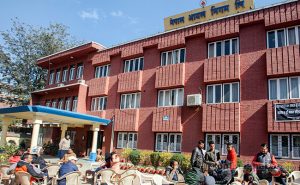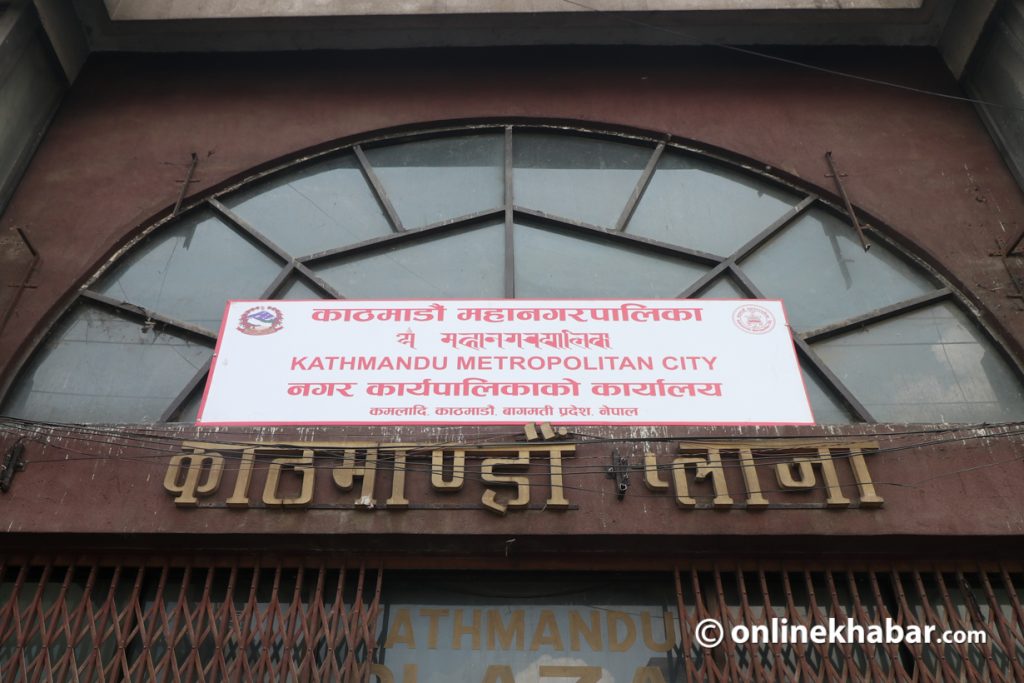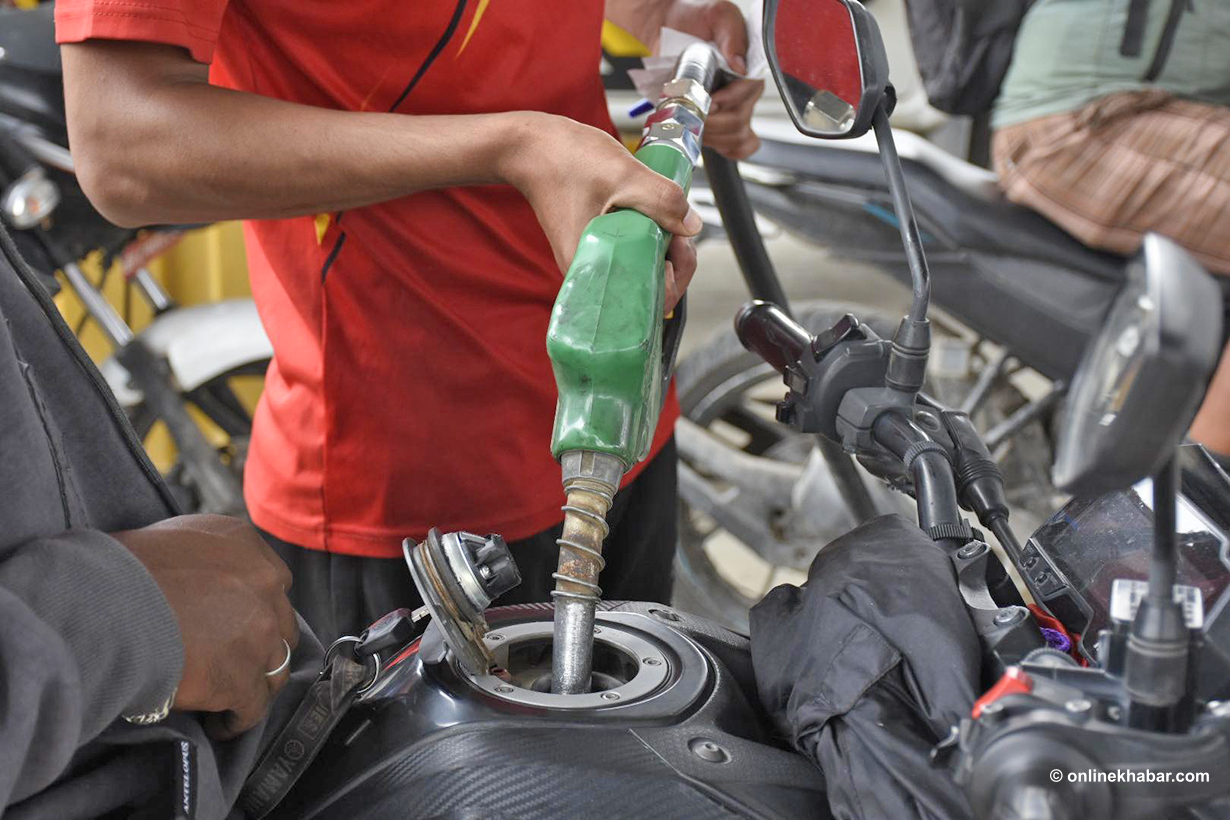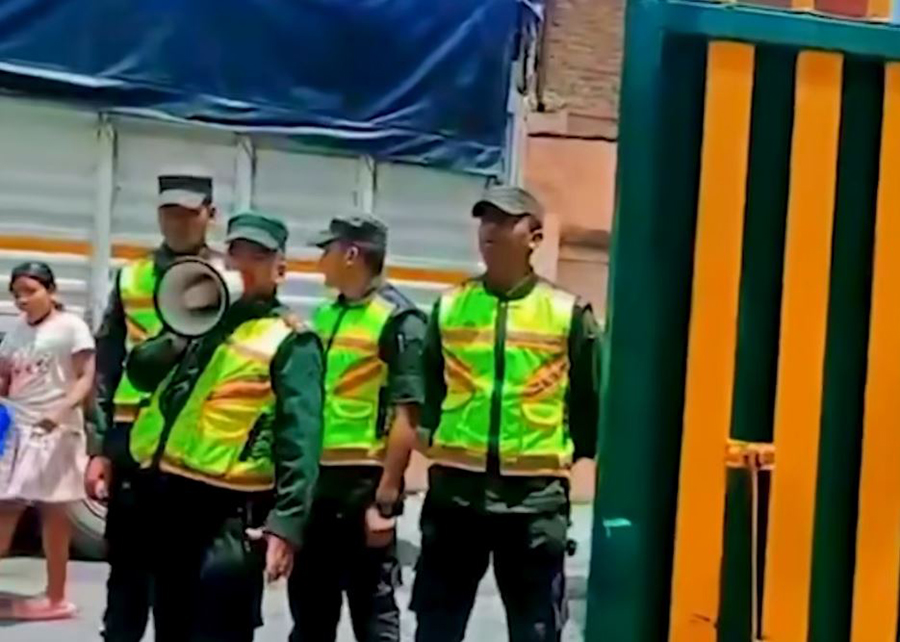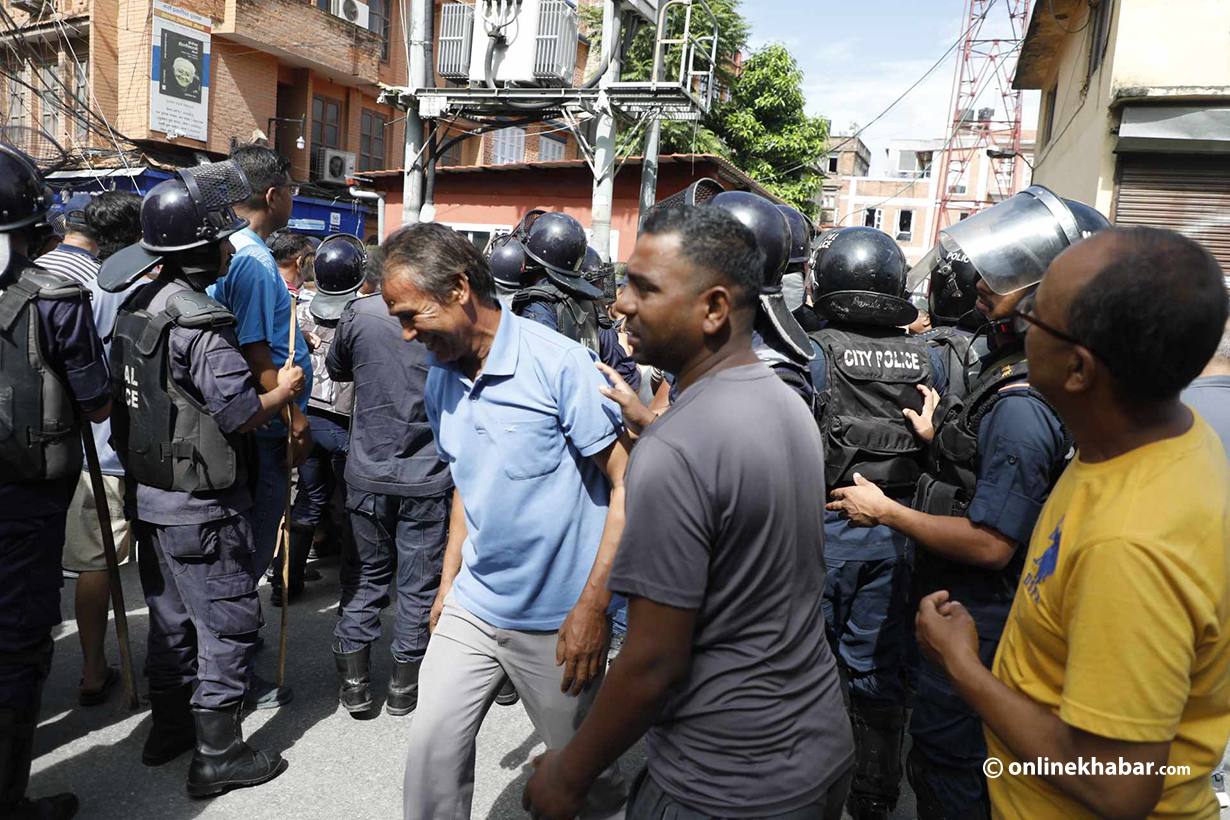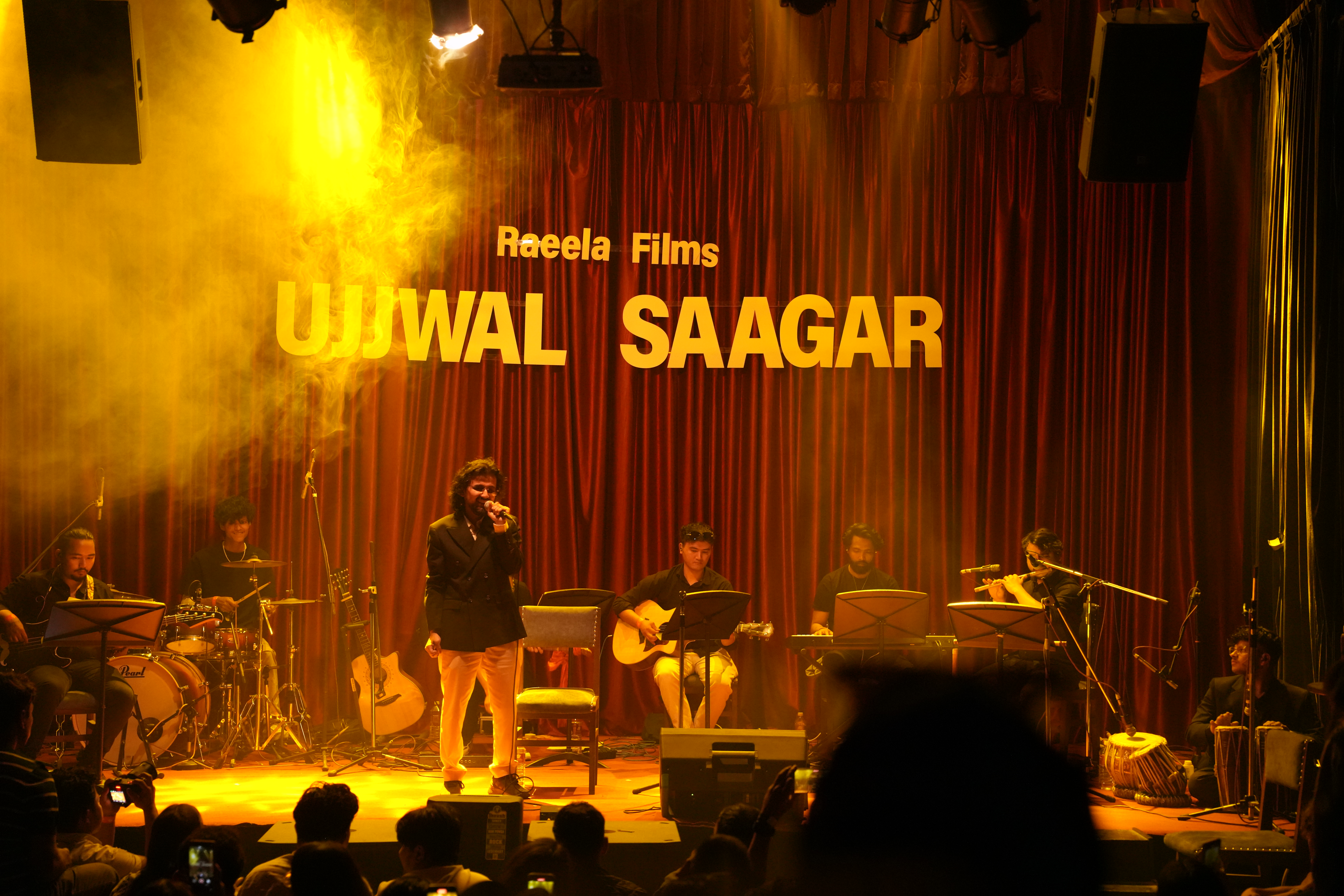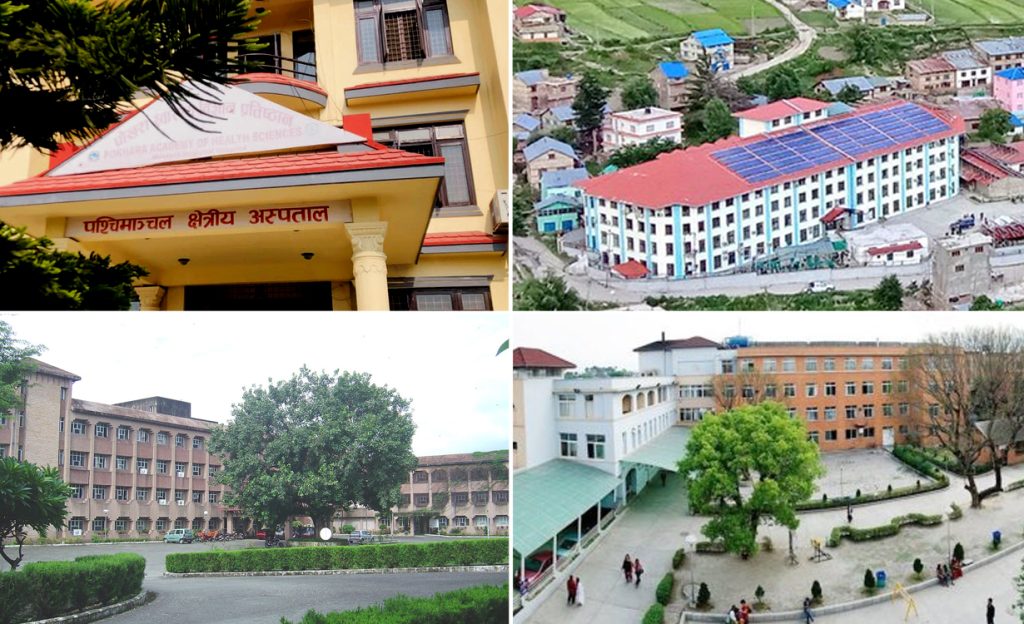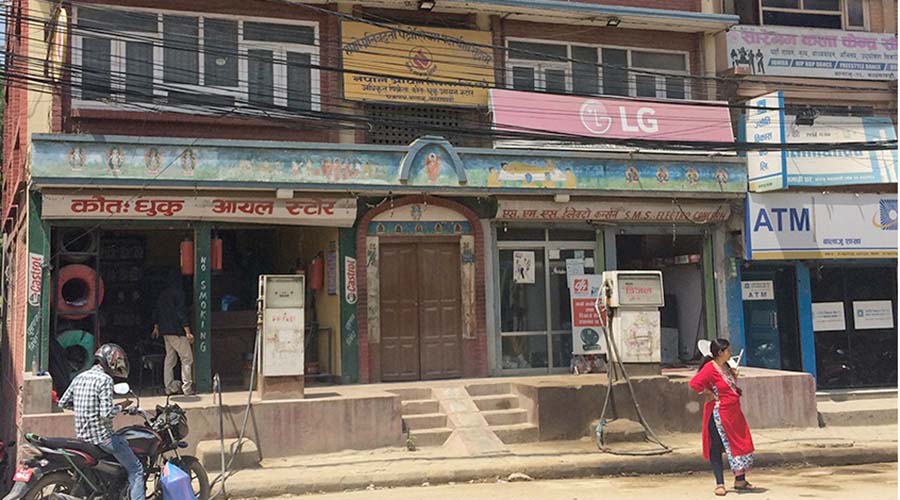
On February 22, Nepal Oil Corporation (NOC) received an unusual letter from the administrative department of the Kathmandu metropolitan city (KMC). The letter had three curiosities regarding a fuel station in Balaju of the city, which had been running for the last five years in a rented shuttered space, which was unsafe for operation according to the law. As per the officials, the other curiosities were about the legal grounds for the establishment of such fuel stations in Kathmandu and their impact on people’s safety.
After receiving a number of complaints about the insecurity posed by the Kotadhuku Oil Store, situated on the right side of the Balaju-Thamel road, the metropolitan government asked the corporation about the condition of all the fuel stations operating in its jurisdiction.
As the local government raised concerns about the risks of having fueling stations in the shuttered space, tanks on the roadside and a condition to refill the petrol from the street, the NOC has expressed interest in addressing the issue by relocating the one-and-a-half dozen stations in Kathmandu that do not comply with the standards.
And, after months of efforts, the Kotadhuku Oil Store has finally been locked by the local government. What about similar other fuel stations?
Stubborn fuel stations risking life
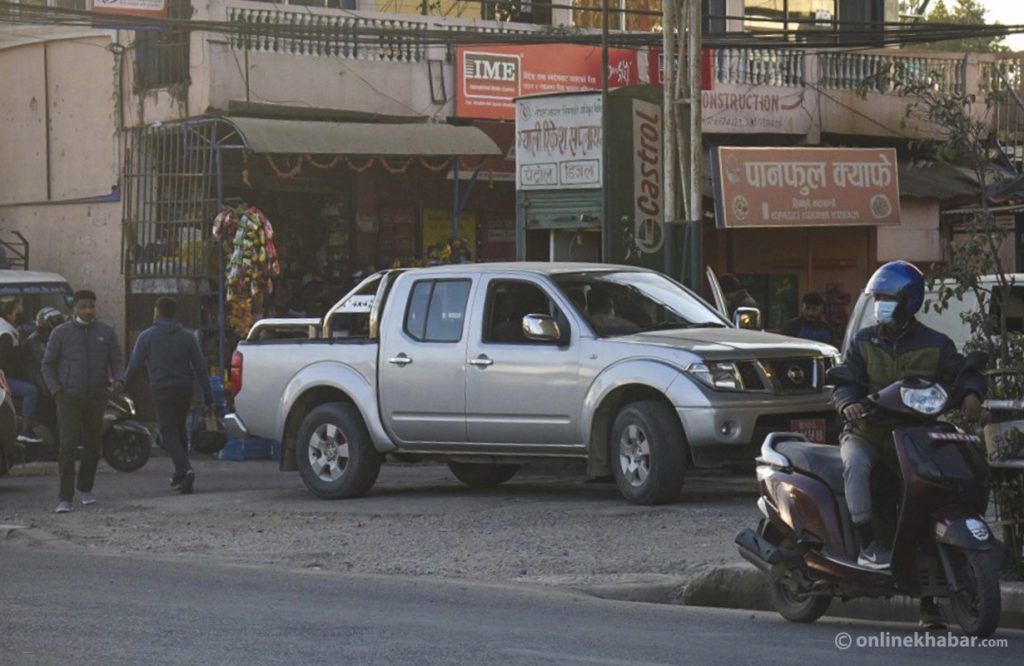
The KMC has stood strong to alert the NOC about these issues. In response, the government-run fuel distribution authority has explained that fuel stations can be considered at risk if they do not comply with sufficient security criteria.
In 2019, after the amendments of bylaws related to fuel stations, the government decided to remove 18 such stations located on main roads, densely populated and in sensitive areas. But 16 of them are still operating from the same locations, as they are getting political support. The Kotadhuku Oil Store is one among them.
The following were named as the fuel stations violating the standards then:
- Kanak Oil Store, Kalimati
- Kotadhuku Oil Store, Balaju
- New Baba Oil Store, Kalimati
- Shyama Petrol Pump, Kalanki
- Trishul Petrol Pump, Kalanki
- Jayanti Petrol Pump, Kalanki
- Mayaram Bholaram Petrol Pump, Thapathali
- Valley Rikesh Petrol Pump, Koteshwar
- Kamakhya Petrol Pump, Koteshwar
- Juby Enterprises, Bouddha
- Baral Petrol Pump, Bouddha
- Sita Petrol Pump, Maharajgunj
- Sanjha Petrol Pump, Jawalakhel
- HP Petrol Pump, Jawalakhel
- Gayatri Petrol Pump, Jawalakhel
- Bajrabaharai Petrol Pump, Chapagaun
- Balkumari Petrol Pump, Balkumari
- Tika Bhairav Diesel, Tika Bhairav
It has already been four years since the Office of the Prime Minister and Council of Ministers ordered them to relocate. But, today, only two petrol pumps have been removed from their original location.
According to the old directives, the fuel stations that were established a long time back needed to be removed due to increasing urbanisation, states the NOC.
“Those fuel stations inside settlement areas, which once were opened fulfilling all the criteria and according to the law, fail to meet the current criteria to open at the same location,” says Binit Mani Upadhyay, the NOC director.
Since they could not be removed even with permission to relocate them, the corporation is aware of the interest of the metropolis and has decided to support the decision to remove these fuel stations, he says.
An NOC official says that these fuel stations are operating under political patronage.
The NOC wants to remove these stations but the political pressure on the officials is disabling them to do so. Upadhyay says, “At this time when the Kathmandu mayor comes from an independent background, the NOC is ready to support the city government.”
The criteria

According to Petroleum Product Sale Bylaw, 2019, a fuel station has to cover an area of 750 square metres for its operation. Similarly, the distance between two fuel stations should be over 300 metres. The distance between the street and the station should be 20 metres.
According to the bylaw, the fuel station in the Kathmandu valley must have a 1.20-metre wall and 0.90-tall chainlink fencing.
Earthing should be done in all the equipment of the station. The infrastructure for petrol storage and fire control, safety wall and everything else need to meet the standards. However, currently, there is no fuel station within this standard.
“Due to the lack of coordination by the NOC, the fuel stations that do not meet the standard criteria have not been removed yet,” says Basanta Adhikari, the KMC chief administrative officer.
“The NOC should inform us about the fuel stations that do not meet the criteria and areas where the KMC can help,” says Adhikari, “The work has remained pending due to their lack of coordination. The KMC is ready to help the NOC by all means.”
This story was translated from the original Nepali version and edited for clarity and length.





